Mozambique: Germany disburses €6 million for blue economy projects
Mozambique: President wants sustainable blue economy involving local communities

Photo: FAO Mozambique /X
Mozambique’s president, Filipe Nyusi, on Monday called for sustainable practices in the exploitation of the country’s aquatic and marine resources, involving local communities in the process.
“Nothing can happen without the communities. The greatest custodian we have, of any kind of our wealth, is the people, the public and the community who live there, who know what they have to do and have always coexisted with the environment,” said Nyusi, at the opening, in Maputo, of the conference to launch the Blue Economy Development Strategy (EDEA) and Portfolio of Blue Investment Opportunities.
“We know where we want to go. With this strategy we also know how to get there. That’s why we want it to become the reference point for all those with an interest in the marine and aquatic economy (…) We want to see marine aquatic resources not only being rationally exploited, but also serving as promoters of our development agenda,” he added.
The EDEA 2024-2033 is an initiative of the government of Mozambique, led by the ministry of the interior, with the aim of promoting the sustainable use of ocean resources, improving the living standards of coastal communities and protecting the marine ecosystem.
Nyusi explained that this strategy is based on six fundamental pillars, such as fishing and aquaculture; renewable energies; the marine extractive industry; natural capital and the environment; the circular economy, tourism and culture; and maritime transport, port and logistics infrastructures and maritime security.
“The strategy we are launching today is part of our effort to bring Mozambicans a concise and clear strategic guideline, which not only aims to promote the rational and sustainable exploitation of aquatic resources, but is also a way of materialising our international commitments,” said the head of state.
He recalled that Mozambique “is a country with abundant marine and inland water resources”, made up of “a vast continental shelf, with around 2,700 kilometres of coastline projected over the Indian Ocean”.
“In the continental part it is laden with large bodies of water made up of lakes, including the emblematic transboundary Lake Niassa, the third largest lake on our continent,” he emphasised.
For Nyusi, “there is a lot of room” to increase the exploitation of national potential, but he warned: “The current practices of its exploitation present a number of risks (…) There are real threats, such as illegal and above all unsustainable fishing, weak inspection and monitoring capacity, pollution and climate change.”
At the same time, at this conference, the government also launched the portfolio for investments in the sector in the country, which “will make it possible to put potential investors and beneficiaries in touch”.
“It will allow us to better understand where and how to invest in blue economy initiatives in Mozambique. It’s a simple, small document. But this is the guide. So this is the map,” he added.
🇲🇿Mozambique, with the support of @FAO and other development partners, launches the Blue Economy Strategy! 🌊 Led by President Nyusi, this strategy is key for sustainable marine resource use and economic growth. Let’s build a sustainable future together.#BlueEconomy pic.twitter.com/Oy1WYZvmoV
— FAO Mozambique (@FAOMozambique) August 12, 2024



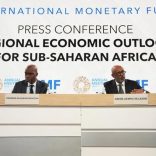
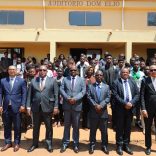

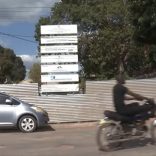
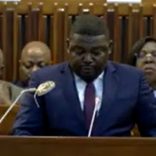
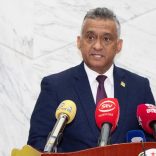
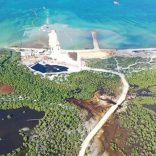

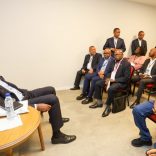
Leave a Reply
Be the First to Comment!
You must be logged in to post a comment.
You must be logged in to post a comment.